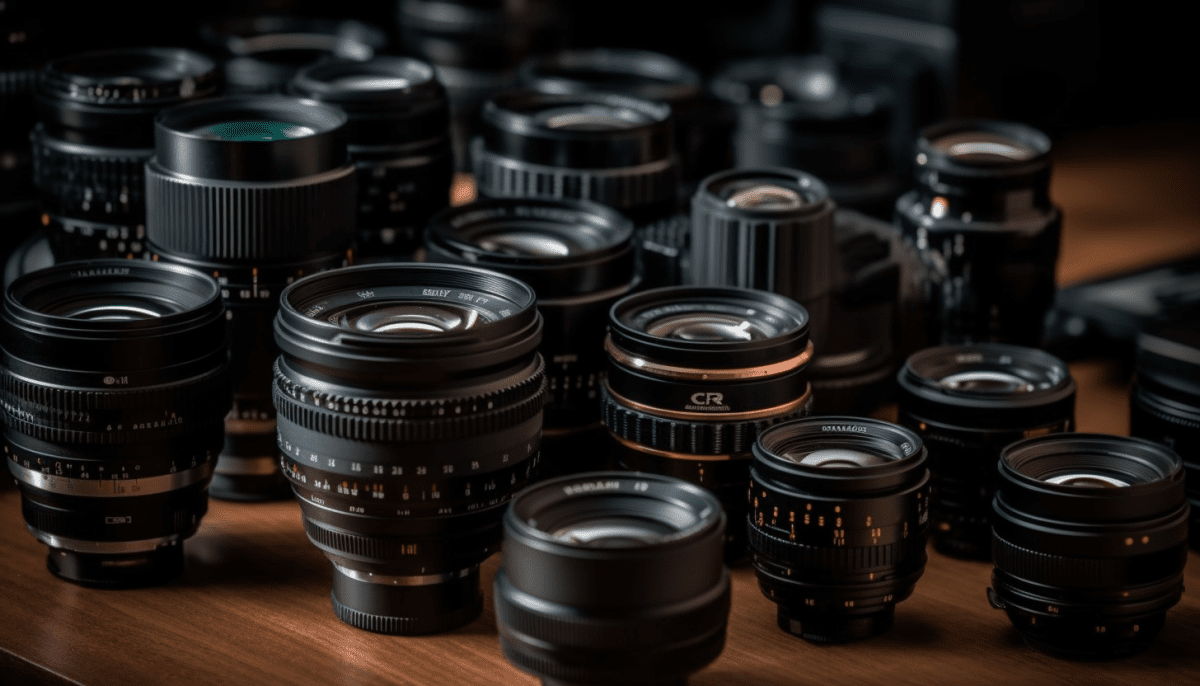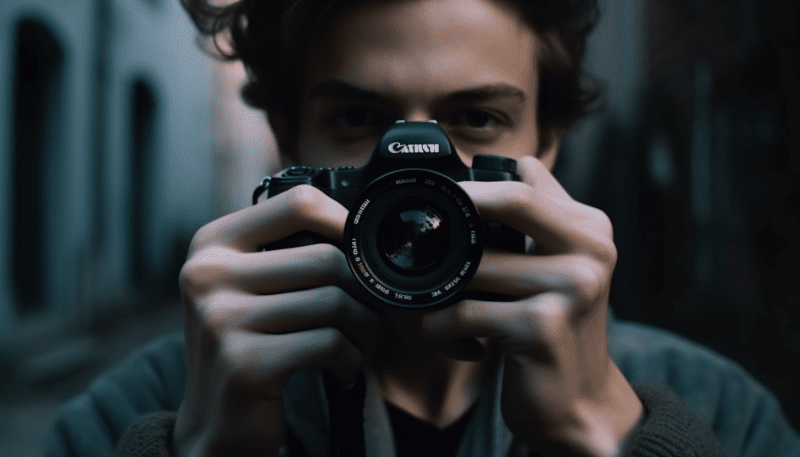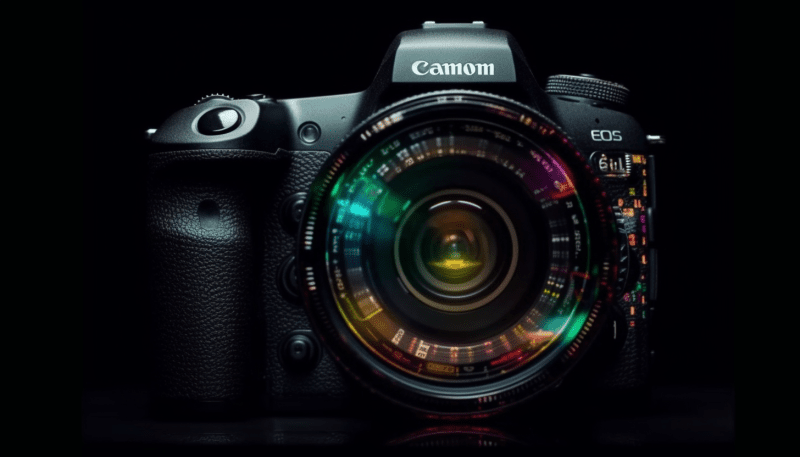Choosing the right lens can feel overwhelming, especially with all the choices out there. But don’t worry! It’s all about figuring out what you want to shoot and how you want to capture it. Here’s a breakdown to help you find a lens that fits your photography style.
First, consider your main subjects. If you love capturing landscapes, a wide-angle lens (like a 16-35mm) will give you that expansive view. For portraits, you might want something like a 50mm or 85mm lens, which helps isolate your subject and create that lovely background blur. Think about what you shoot most often, and start there!
Next, think about the aperture. Lenses with a wide aperture (like f/1.8 or f/2.8) allow more light in, making them great for low-light situations. They also give you that nice bokeh effect, where the background goes soft and dreamy, making your subjects pop. If you tend to shoot in well-lit places, a lens with a smaller aperture can work just fine.
Finally, consider your budget and the lens compatibility with your camera. There are plenty of great lenses at all price points. Don’t forget, you can also explore used lenses or third-party brands, which often offer quality options without breaking the bank. Take your time, do a little research, and find what feels right for you!
Understanding Lens Types in Simple Terms
When diving into photography, one of the most crucial things to understand is the different types of camera lenses. Think of your lens as the eye of the camera; it changes the way you see the world through your photos. Each lens type has its unique vibe and is suited for specific scenarios. Ready to get the scoop?
1. Standard (or Prime) Lenses: These lenses have a fixed focal length, meaning they don’t zoom in or out. A common example is the 50mm lens, often loved for its versatility. It’s perfect for portraits because it captures subjects beautifully while blurring the background. If you want something that gives clear images and good depth, this is the lens for you!
2. Wide-Angle Lenses: If you’re into landscapes or tight spaces, wide-angle lenses are your go-to. These lenses allow you to capture more of the scene in your frame. They widen your view and are fantastic for architecture shots. Just be cautious of distortion at the edges, which can sometimes make things look a bit stretched out!
3. Telephoto Lenses: Looking to snap some close-up shots from afar? Telephoto lenses are designed for that! They bring distant subjects closer, like wildlife or sports. With these lenses, you can achieve that lovely blurry background, making your subject pop. However, they can be a bit heavier, so keep that in mind if you plan on carrying one around all day!
Knowing the different lens types can seriously level up your photography game. Whether you’re capturing a stunning sunset, a bustling city street, or your best friend’s candid laugh, there's a lens that will help you get the perfect shot. So, pick one that fits your style and start shooting!
How Focal Length Affects Your Photos
When you're diving into the world of photography, understanding focal length is key to unlocking your camera’s potential. So, what exactly is focal length? Simply put, it's the distance (measured in millimeters) from the lens to the image sensor when the subject is in focus. This number plays a huge role in how your photos turn out, affecting everything from framing to background blur.
Shorter focal lengths, say 18mm to 35mm, are perfect for wide-angle shots. They capture more of the scene in your frame, making them great for landscapes or group photos. Plus, they tend to exaggerate perspective, which can add a fun effect to your images. Just keep in mind that objects closer to the lens may look larger than they actually are!
On the other hand, longer focal lengths, usually starting from around 85mm and going up, zoom in on your subject. This is fantastic for portraits because it lets you get up close without invading someone’s personal space, plus it creates that beautiful background blur, or bokeh, that really makes your subject pop. If you want to capture distant wildlife or sports action, a longer lens is the way to go.
Then there are standard focal lengths, like 50mm, that provide a field of view quite similar to what our eyes see. These are versatile and a great choice for everyday photography, whether you’re capturing portraits, street scenes, or even food. With this lens, you’ll often find a nice balance between close-ups and wider shots.
In short, choosing the right focal length will let you express your creative vision and adapt to different situations. Understanding how each length affects your photos gives you the power to make better choices behind the camera. So, next time you’re out shooting, think about how the focal length you use can change the story of your image!
Tips for Maintaining Your Camera Lens
Taking care of your camera lens is essential for getting the best shots and ensuring it lasts a long time. Here are some practical tips to keep your lens in top shape:
Following these simple tips can go a long way in maintaining your camera lens and ensuring that you get the best possible images from your gear. Happy shooting!



